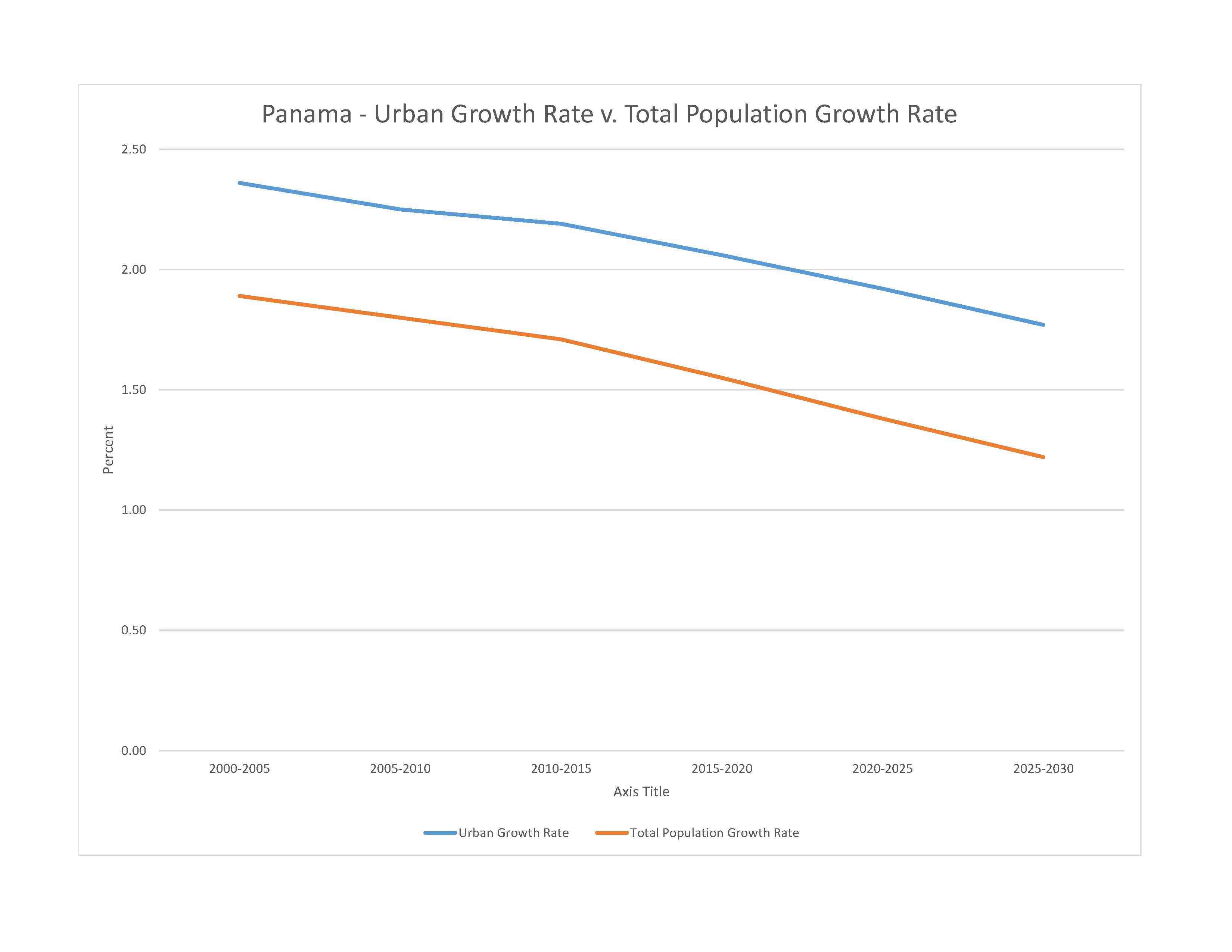
4,404,108 (2023 est.)
noun: Panamanian(s)
adjective: Panamanian
Mestizo (mixed Amerindian and White) 65%, Native American 12.3% (Ngabe 7.6%, Kuna 2.4%, Embera 0.9%, Bugle 0.8%, other 0.4%, unspecified 0.2%), Black or African descent 9.2%, Mulatto 6.8%, White 6.7% (2010 est.)
Spanish (official), indigenous languages (including Ngabere (or Guaymi), Buglere, Kuna, Embera, Wounaan, Naso (or Teribe), and Bri Bri), Panamanian English Creole (similar to Jamaican English Creole; a mixture of English and Spanish with elements of Ngabere; also known as Guari Guari and Colon Creole), English, Chinese (Yue and Hakka), Arabic, French Creole, other (Yiddish, Hebrew, Korean, Japanese); note - many Panamanians are bilingual
major-language sample(s):
La Libreta Informativa del Mundo, la fuente indispensable de información básica. (Spanish)
The World Factbook, the indispensable source for basic information.
Spanish audio sample:
Roman Catholic 48.6%, Evangelical 30.2%, other 4.7%, agnostic 0.2%, atheist 0.2%, none 12.3%, unspecified 3.7% (2018 est.)
Panama is a country of demographic and economic contrasts. It is in the midst of a demographic transition, characterized by steadily declining rates of fertility, mortality, and population growth, but disparities persist based on wealth, geography, and ethnicity. Panama has one of the fastest growing economies in Latin America and dedicates substantial funding to social programs, yet poverty and inequality remain prevalent. The indigenous population accounts for a growing share of Panama's poor and extreme poor, while the non-indigenous rural poor have been more successful at rising out of poverty through rural-to-urban labor migration. The government's large expenditures on untargeted, indirect subsidies for water, electricity, and fuel have been ineffective, but its conditional cash transfer program has shown some promise in helping to decrease extreme poverty among the indigenous population.
Panama has expanded access to education and clean water, but the availability of sanitation and, to a lesser extent, electricity remains poor. The increase in secondary schooling - led by female enrollment - is spreading to rural and indigenous areas, which probably will help to alleviate poverty if educational quality and the availability of skilled jobs improve. Inadequate access to sanitation contributes to a high incidence of diarrhea in Panama's children, which is one of the main causes of Panama's elevated chronic malnutrition rate, especially among indigenous communities.
0-14 years: 25.19% (male 569,439/female 540,143)
15-64 years: 64.87% (male 1,444,638/female 1,412,319)
65 years and over: 9.94% (2023 est.) (male 204,156/female 233,413)
total dependency ratio: 53.8
youth dependency ratio: 40.6
elderly dependency ratio: 13.2
potential support ratio: 7.6 (2021 est.)
total: 31.2 years (2023 est.)
male: 30.8 years
female: 31.6 years
1.51% (2023 est.)
17.7 births/1,000 population (2023 est.)
5.9 deaths/1,000 population (2023 est.)
3.2 migrant(s)/1,000 population (2023 est.)
population is concentrated towards the center of the country, particularly around the Canal, but a sizeable segment of the populace also lives in the far west around David; the eastern third of the country is sparsely inhabited
urban population: 69.5% of total population (2023)
rate of urbanization: 1.92% annual rate of change (2020-25 est.)

1.977 million PANAMA CITY (capital) (2023)
at birth: 1.06 male(s)/female
0-14 years: 1.05 male(s)/female
15-64 years: 1.02 male(s)/female
65 years and over: 0.87 male(s)/female
total population: 1.02 male(s)/female (2023 est.)
50 deaths/100,000 live births (2020 est.)
total: 15.3 deaths/1,000 live births (2023 est.)
male: 16.5 deaths/1,000 live births
female: 14 deaths/1,000 live births
total population: 78.4 years (2023 est.)
male: 75.6 years
female: 81.5 years
2.37 children born/woman (2023 est.)
1.15 (2023 est.)
50.8% (2014/15)
improved: urban: 100% of population
rural: 88.1% of population
total: 96.2% of population
unimproved: urban: 0% of population
rural: 11.9% of population
total: 3.8% of population (2020 est.)
9.7% of GDP (2020)
1.63 physicians/1,000 population (2019)
2.3 beds/1,000 population (2016)
improved: urban: 95.5% of population
rural: 69.1% of population
total: 87.2% of population
unimproved: urban: 4.5% of population
rural: 30.9% of population
total: 12.8% of population (2020 est.)
degree of risk: intermediate (2023)
food or waterborne diseases: bacterial diarrhea
vectorborne diseases: dengue fever
22.7% (2016)
total: 6.54 liters of pure alcohol (2019 est.)
beer: 5.29 liters of pure alcohol (2019 est.)
wine: 0.02 liters of pure alcohol (2019 est.)
spirits: 1.2 liters of pure alcohol (2019 est.)
other alcohols: 0.02 liters of pure alcohol (2019 est.)
total: 5% (2020 est.)
male: 7.7% (2020 est.)
female: 2.2% (2020 est.)
3% (2019)
58.6% (2023 est.)
3.9% of GDP (2020 est.)
definition: age 15 and over can read and write
total population: 95.7%
male: 98.8%
female: 95.4% (2019)
total: 13 years
male: 12 years
female: 13 years (2016)
NOTE: The information regarding Panama on this page is re-published from the 2024 World Fact Book of the United States Central Intelligence Agency and other sources. No claims are made regarding the accuracy of Panama 2024 information contained here. All suggestions for corrections of any errors about Panama 2024 should be addressed to the CIA or the source cited on each page.
This page was last modified 04 May 24, Copyright © 2024 ITA all rights reserved.